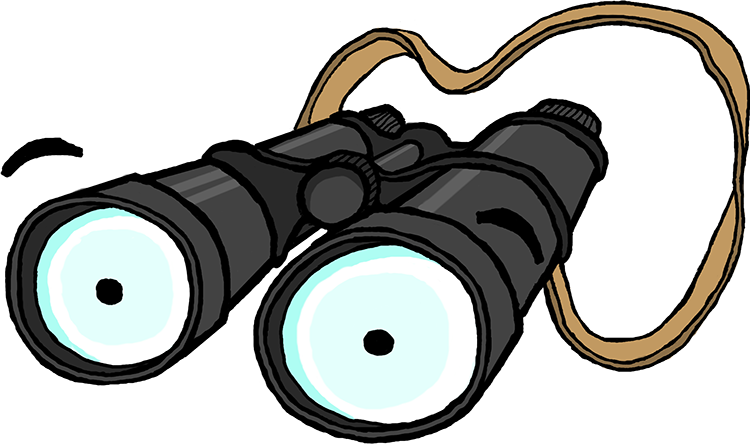Fall of the Wall
After decades of Berlin being split into two different states, East Berliners’ lack of freedom and feelings of both fear and frustration continued. The year 1989 witnessed protests from across the Eastern bloc of the Soviet Union. In East Germany, citizens were demanding democracy and wanted their voices to be heard, nowhere more so than East Germany’s second city, Leipzig. Prayer meetings in Leipzig evolved into a nationwide movement of peaceful demonstrations. They started with a handful of people but by the later 1980s the meetings attracted many more people who wanted to discuss politics in a safe space.
By autumn 1989, there were meetings at Leipzig’s 800 year old St. Nicholas Church every Monday. On 9th October between 70,000 and 100,000 peaceful protesters marched through the streets past an outnumbered Stasi (secret police) chanting “We are the people!”. Activists secretly filmed the demonstration and were able to pass the recording to West German TV who broadcasted it the following day. From then on the protests were unstoppable.
In hopes of calming the protests sweeping across the country, the East German spokesman Günter Schabowski made an announcement that borders between East and West Germany would be loosened, however he failed to specify that some regulations would remain. Following the press conference, Western media mistakenly reported that the border had opened and was free to cross. Upon hearing the news, East Berliners headed straight to the border in huge numbers. The guards felt they had no choice but to open the barrier allowing thousands to flow across the boundary.
People danced on top of and around the Wall, whilst others took hammers and pickaxes to destroy it. Over than two million people from East Berlin crossed the boundary that weekend to celebrate their new found freedom in the middle of the streets. In Germany today, small segments of the wall are in place as a reminder of the time when the city was divided, and a line of cobbles marks where the wall once stood.


